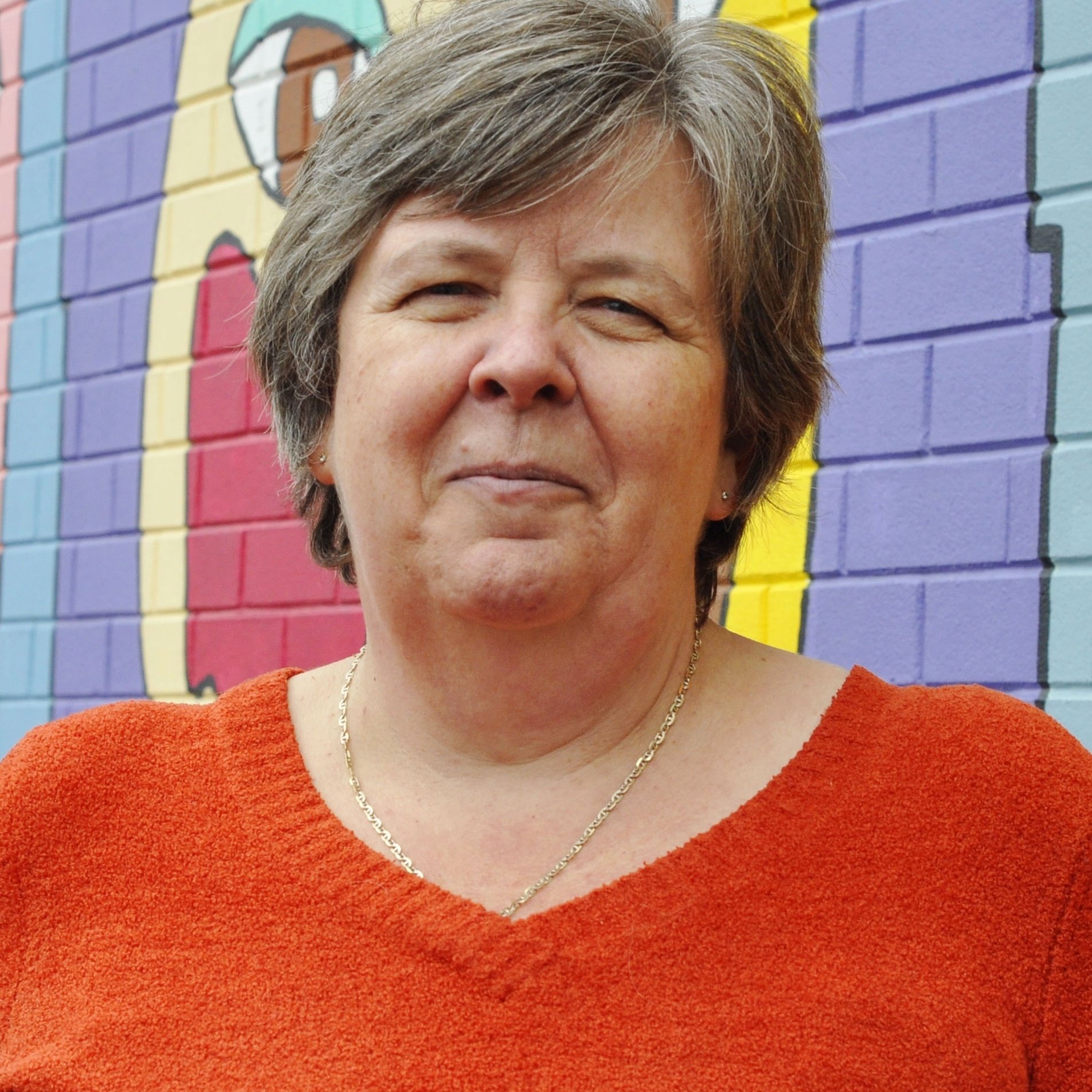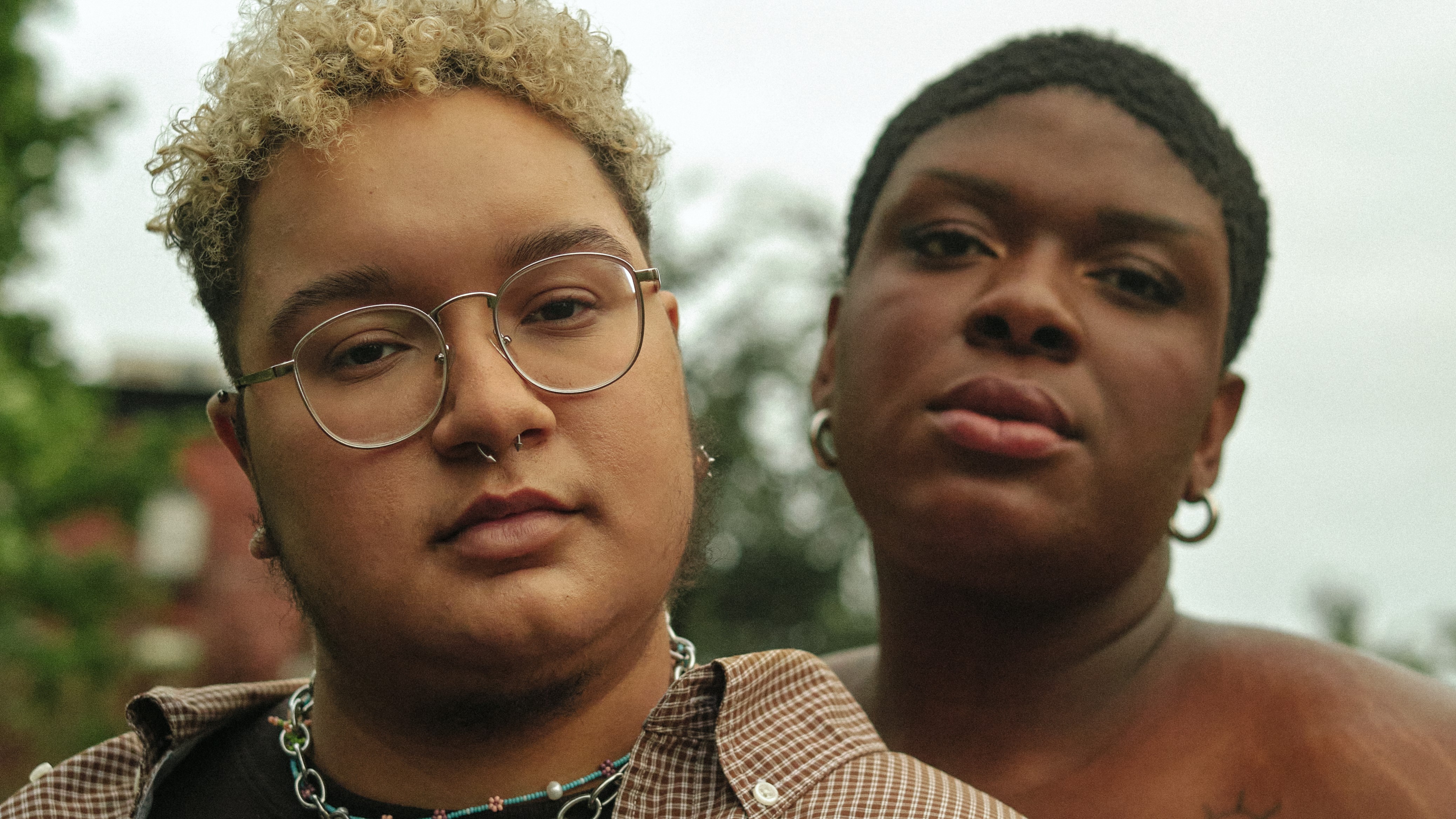A few years ago, John Ott, author of The Power of Collective Wisdom and the Trap of Collective Folly spoke at a  Tamarack Community Change Institute and talked about scallops. Now I have not really thought much about scallops since, given that I really don’t like seafood, but John talked about the ‘scallop principle’.
Tamarack Community Change Institute and talked about scallops. Now I have not really thought much about scallops since, given that I really don’t like seafood, but John talked about the ‘scallop principle’.
Scallops are known for having multiple blue eyes located along the inside of their shells (Read here). These eyes play a very important role for scallops, both to see in underwater and dim conditions but also to act as a protective factor, an early warning system against predators.
At the time, John challenged us to consider this in the context of community change initiatives. How can we engage the multiple eyes in the community so that we can both see the problem and also deeply understand the challenges embedded in the problem?
So often community change efforts are led by a group of like-minded individuals who have a history of working together and the familiarity that comes from that. That familiarity can be a benefit but more often, it also brings along a like mindedness of thinking.
Bringing other voices to the table or other eyes to the problem enables us to see through the murkiness and complexity. Different perspective give us insight into different parts of the system and how these may or may not be connected. John Ott says that the power of real change comes from deep connectedness. It’s about seeing the problem from multiple views and view points.
Building deep connectedness is also about building relationships and trust. The pressure is on for quick wins and quick solutions. In an effort to drive change forward, we are impatient and frustrated with the time and effort it takes to see the system, build connectedness and get to the root of the problem. We speed at our peril.
What will it take to embody the scallop principle? Here are some practical things you can do:
- Consider who is ‘seeing the problem’ in your community.
- For example: if the problem is food insecurity invite in people who buy food, grow food, sell food, provide access to food, own restaurants, provide catering services, deliver food, process food, etc.
- Invite folks you don’t normally work with into the conversation and ask them what they see
- Hold your conversations at times and in places where people can meet
- Provide supports if you can, including refreshments, parking, etc.
- Provide time for people to get to know each other
- Spend time deeply engaging and listening to each other
- Prepare to be surprised
Image sourced from flickr/Kevin Bryant.





